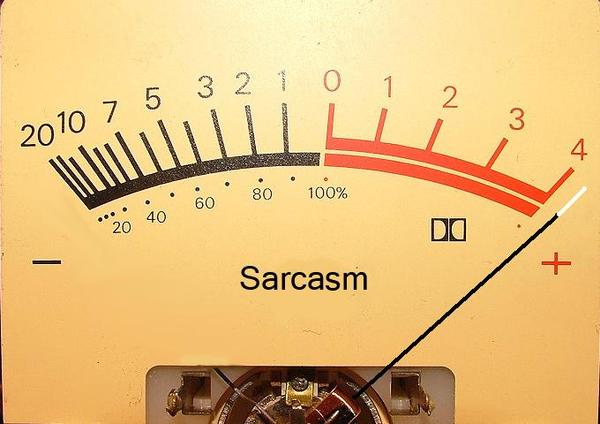Recent reports have revealed that researchers at MIT have founded an algorithm that can interpret the language of posts on social media and determine if they are sarcastic or not. This breakthrough will also help people to get protected from online abuse, as the robot can understand sarcasm better than human beings.
The tool translates emojis used in the posts to help understand the emotional subtext, and decide whether the post is sarcastic or not.
The technology, known as DeepMoji analysed 1.2 billion tweets to comprehend how 64 famous emoji were used in different tweets to convey the sarcastic message.
Researchers at MIT insisted that detecting the emoji is the only way to determine sarcasm, as no visual voice or body language can be seen in the tweets. Professor Iyad Rahwan revealed that the robot had learned the connection between a certain language and the emoji.
Research revealed that the AI (artificial intelligence) was first taught the appropriate use of different emoji in different tweets to depict the tone of the tweet, which could be happy, funny or sad. The AI then implemented this emotional understanding to translate the feeling behind those tweets.
Even though DeepMoji is not the first attempt of researchers trying to build a program to detect sarcasm, but researchers have insisted that this technology is the most advanced one to date. Moreover, the AI had a sarcasm accuracy rate of 82%, while human volunteers could detect sarcasm with an accuracy of only 76%. This also showed, that DeepMoji had a better performance than real human beings on detecting sarcasm.
Initially, the program was developed as a tool to filter racist posts on social media giant, Twitter, but now it has developed into a program that can also detect sarcasm effectively and efficiently.

A key factor in holding back monitoring tools for the past few years have been the problem of depicting sarcasm in social media posts. Many researches have attempted to create a program to carry out the task of picking sarcasm from social media posts, but none of them had a bigger breakthrough than DeepMoji.
In 2014, the US Secret Service revealed that it was working on a method to pick sarcasm online on social media, with it looking to create its own social media monitoring tools as a wider plan.
Moreover, a study in the University of Lisbon last year, found a way to detect sarcasm online, by comparing tweets of the same person and determining whether the tone was sarcastic or not. The tool spotted sarcasm 87% of the times correctly, but it took a lot of time as the previous posts of the same user had to be first checked and then compared.
With the development of social media, hate speech has also increased by the same amount, with social media giants, Facebook, Twitter and YouTube finding it difficult to filter out hate material on their websites. To aid this program of eliminating hate from social media, tech giants have chosen to take help from AI, and have employed AI tools to help carry out the task to detect obscene video material and to determine to feeling behind different social media posts.

Nicholas is a dedicated and experienced author of this tech blog. He wants to be helpful and offer great content to his readers, but he also needs to make sure that the site is profitable so it can continue running. If you have any questions or concerns about our work please don’t hesitate to contact us!













